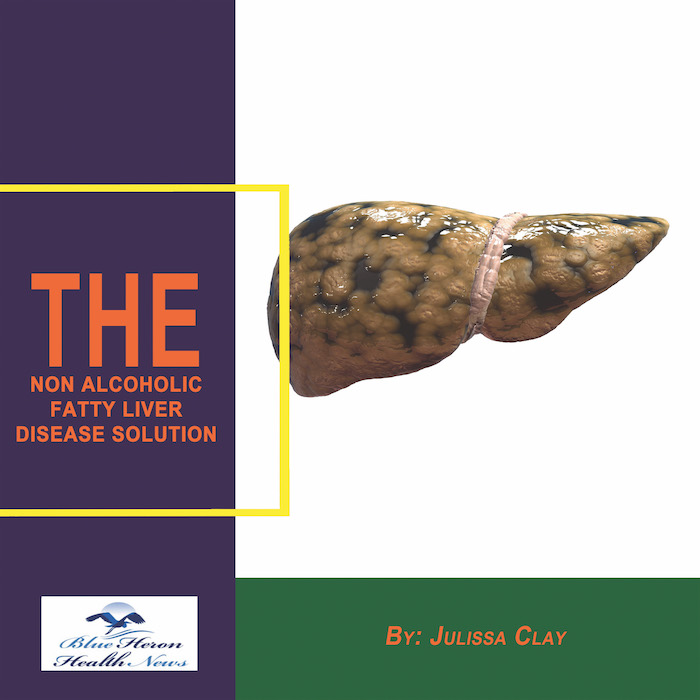
The Non Alcoholic Fatty Liver Strategy™ By Julissa Clay the program discussed in the eBook, Non Alcoholic Fatty Liver Strategy, has been designed to improve the health of your liver just by eliminating the factors and reversing the effects caused by your fatty liver. It has been made an easy-to-follow program by breaking it up into lists of recipes and stepwise instructions. Everyone can use this clinically proven program without any risk. You can claim your money back within 60 days if its results are not appealing to you.
How does a sedentary lifestyle contribute to fatty liver disease?
A sedentary lifestyle plays a significant role in the development and progression of fatty liver disease (FLD), particularly non-alcoholic fatty liver disease (NAFLD). Lack of physical activity affects how the body metabolizes fats, sugars, and insulin, leading to liver fat accumulation and increased risk of liver inflammation. Here’s a detailed look at how a sedentary lifestyle contributes to fatty liver disease:
1. Impaired Fat Metabolism
- Physical activity helps the body break down fats for energy. In a sedentary state, lipid oxidation (fat burning) decreases, leading to fat accumulation in liver cells (steatosis).
- This buildup of fat in liver cells is a hallmark of fatty liver disease and can progress to non-alcoholic steatohepatitis (NASH), fibrosis, and even cirrhosis.
2. Insulin Resistance
- Sedentary behavior reduces the efficiency of insulin in regulating blood sugar levels, leading to insulin resistance.
- Insulin resistance promotes the conversion of excess glucose into fat in the liver, exacerbating fat buildup.
- Elevated triglyceride levels due to poor glucose metabolism further contribute to fat accumulation in the liver.
3. Increased Risk of Obesity
- A sedentary lifestyle is closely linked to weight gain and abdominal obesity, both of which are major risk factors for fatty liver disease.
- Excess visceral fat (fat around internal organs) releases inflammatory cytokines and free fatty acids that promote fat accumulation in the liver.
4. Altered Lipid Profiles
- Sedentary individuals often exhibit an unfavorable lipid profile, characterized by high levels of triglycerides, low HDL (good cholesterol), and increased LDL (bad cholesterol).
- This lipid imbalance contributes to fat buildup in the liver and increased risk of liver inflammation.
5. Inflammation and Oxidative Stress
- Physical activity helps reduce systemic inflammation and oxidative stress. Sedentary behavior, on the other hand, increases the production of inflammatory cytokines and reactive oxygen species (ROS).
- Chronic inflammation and oxidative stress can damage liver cells and accelerate the progression of NAFLD to more severe stages such as NASH and fibrosis.
6. Impaired Muscle Function
- Regular physical activity improves muscle insulin sensitivity and promotes glucose uptake by muscle cells.
- In a sedentary state, muscle cells become less effective at using glucose, increasing blood sugar levels and contributing to liver fat deposition.
7. Reduced Energy Expenditure
- A sedentary lifestyle leads to lower caloric expenditure, making it more likely for individuals to consume excess calories, which are stored as fat.
- Surplus dietary fats and sugars are converted into triglycerides and stored in the liver, contributing to fatty liver disease.
8. Poor Mitochondrial Function
- Physical activity enhances mitochondrial function, which is essential for efficient energy production and fat metabolism.
- A sedentary lifestyle impairs mitochondrial activity, reducing the liver’s ability to break down fats, leading to fat accumulation.
How to Counteract the Effects of a Sedentary Lifestyle
- Regular Exercise: Engage in at least 150 minutes of moderate-intensity exercise per week, such as brisk walking, cycling, or swimming.
- Strength Training: Incorporate resistance exercises to improve muscle mass and metabolic health.
- Break Up Sitting Time: Stand up and move around for a few minutes every hour during sedentary work or leisure activities.
- Dietary Changes: Follow a balanced diet rich in vegetables, whole grains, lean proteins, and healthy fats to reduce liver fat accumulation.
- Weight Management: Achieve and maintain a healthy weight to reduce the risk of fatty liver disease.
Conclusion
A sedentary lifestyle significantly contributes to the development and progression of fatty liver disease by impairing fat metabolism, promoting insulin resistance, increasing inflammation, and encouraging weight gain. Incorporating regular physical activity and reducing sedentary behavior are critical steps in preventing and managing fatty liver disease.
The Non Alcoholic Fatty Liver Strategy™ By Julissa Clay the program discussed in the eBook, Non Alcoholic Fatty Liver Strategy, has been designed to improve the health of your liver just by eliminating the factors and reversing the effects caused by your fatty liver. It has been made an easy-to-follow program by breaking it up into lists of recipes and stepwise instructions. Everyone can use this clinically proven program without any risk. You can claim your money back within 60 days if its results are not appealing to you